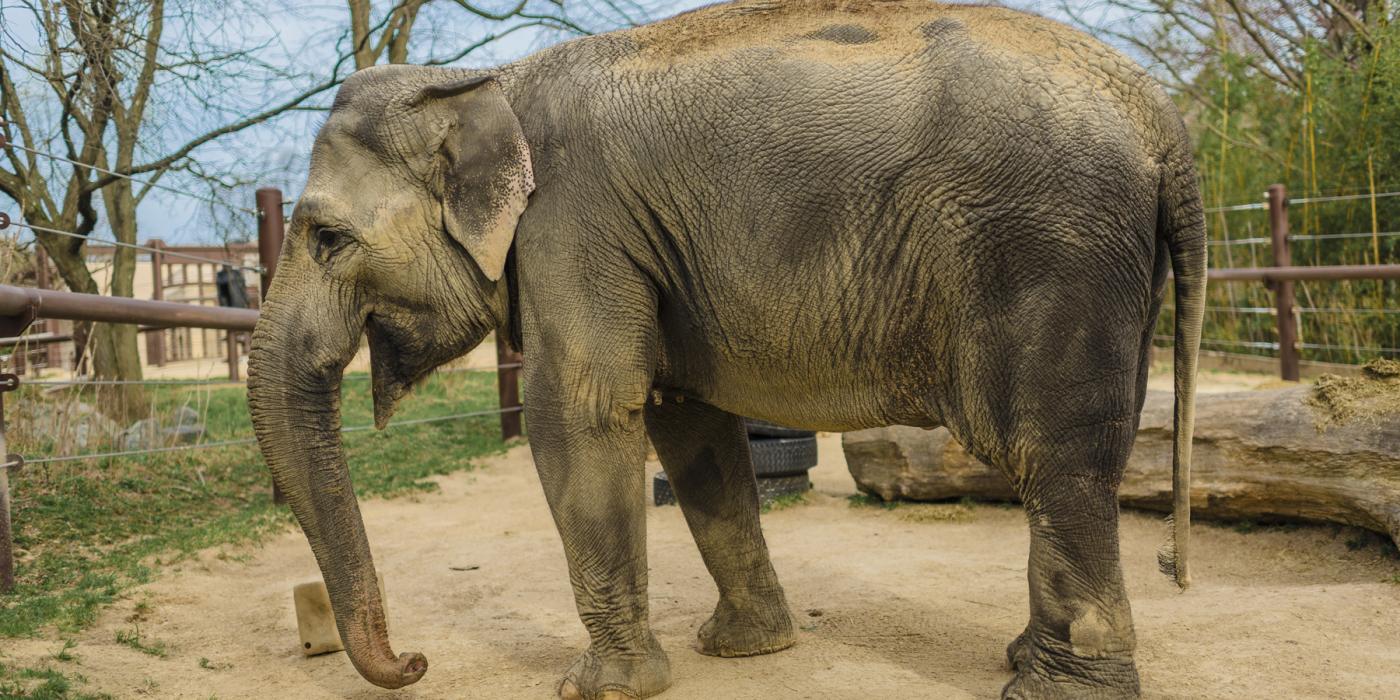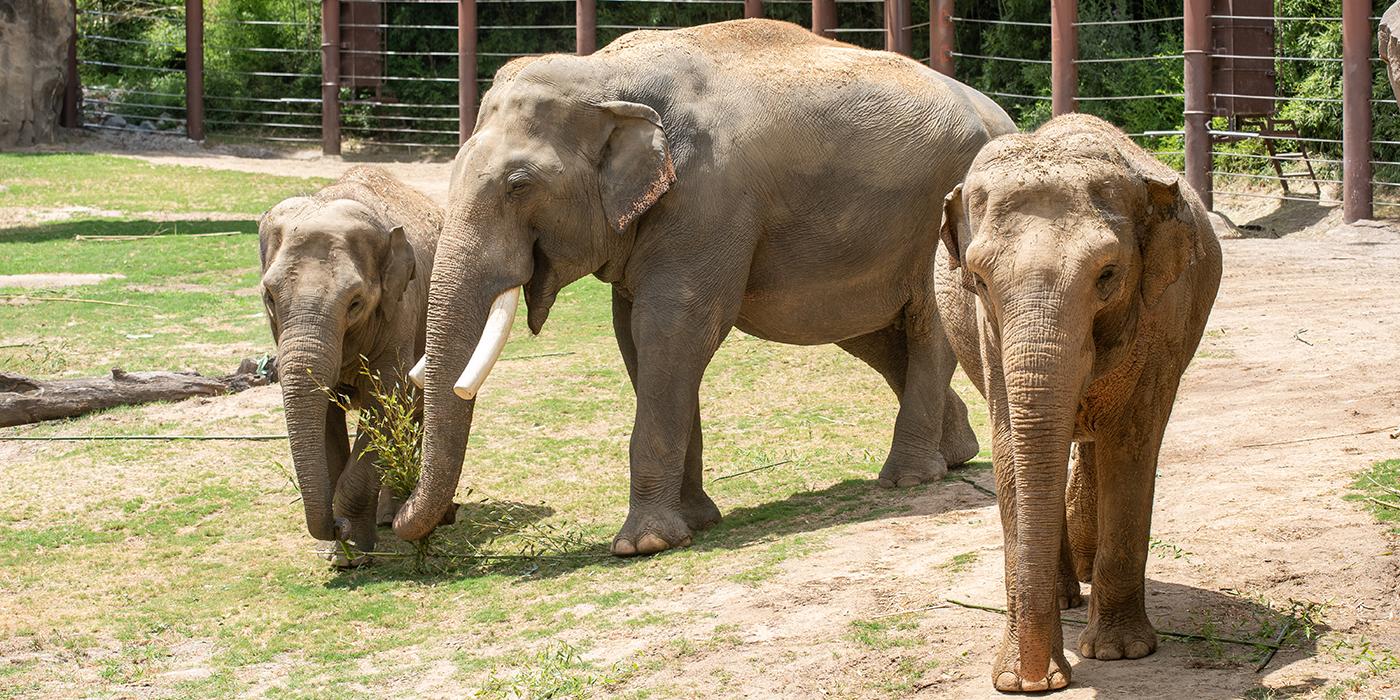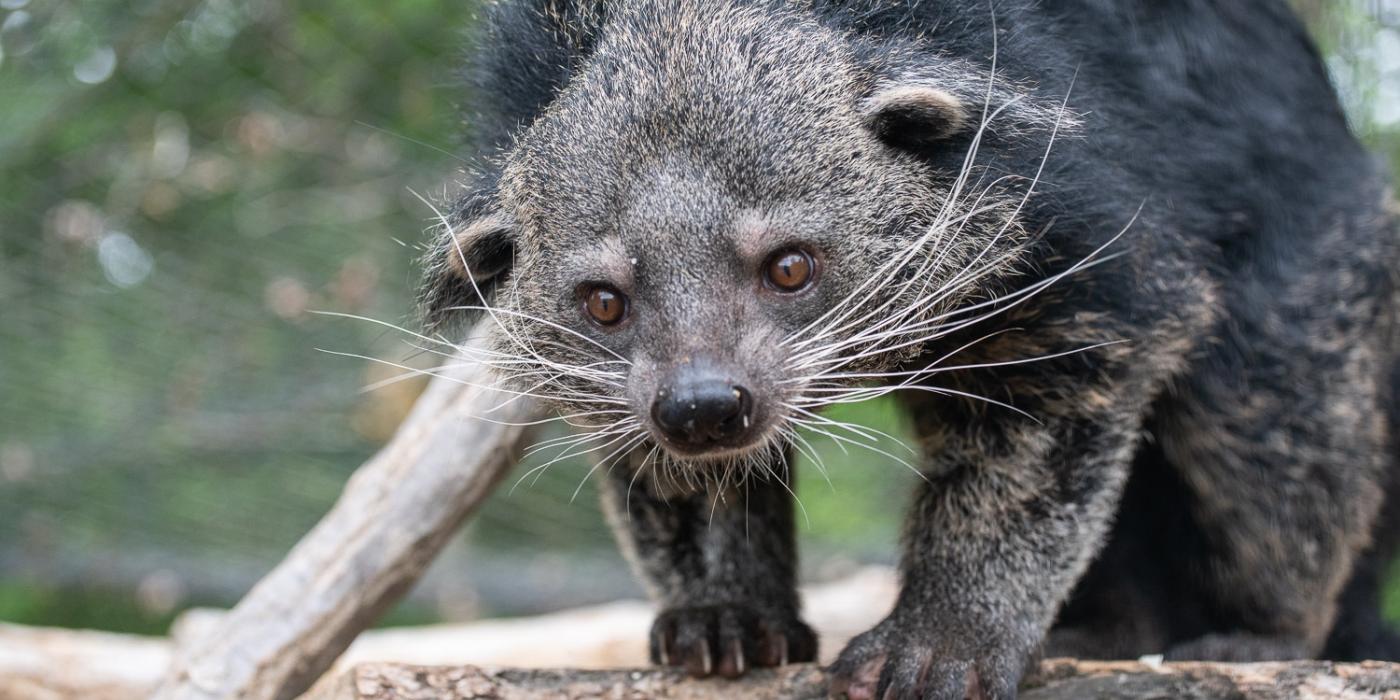Training Swarna for Tooth Radiographs

Adam Mason
When Asian elephant Swarna needed her teeth examined, animal keepers Rebecca Riley and Becca Spickler tried something that had never been done at the Smithsonian’s National Zoo before. Over two months, they trained the 44-year-old elephant to voluntarily participate in dental radiographs! Get the scoop on this breakthrough in our keeper Q&A.
Related Species:



